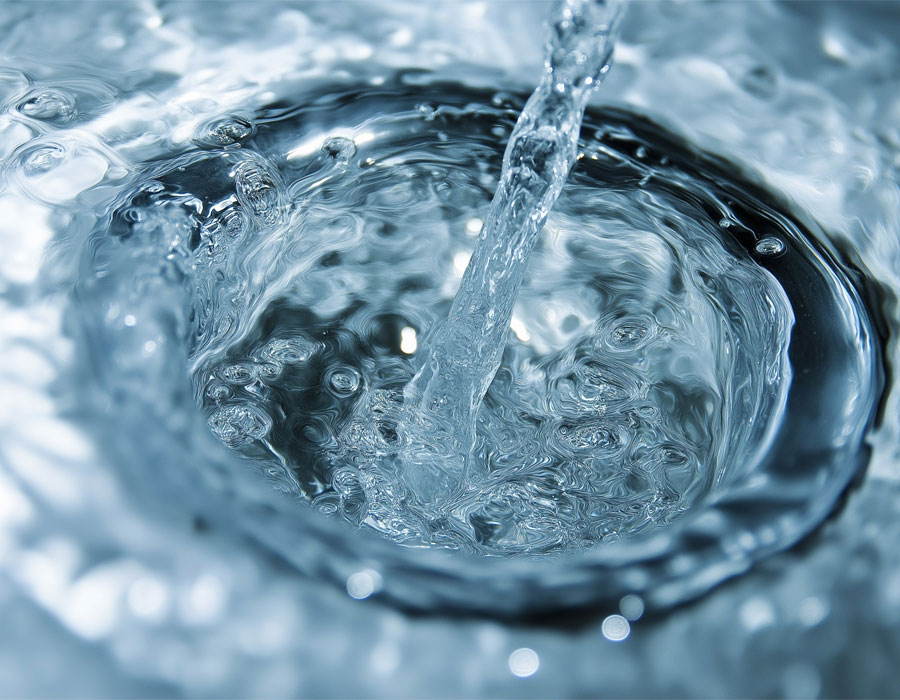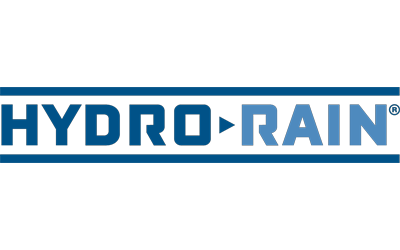Frequently Asked Questions
How to repair a drip irrigation line?
Repairing a drip irrigation line involves locating the leak, cutting out the damaged section, and connecting the remaining pieces with new fittings or connectors. Ensure all connections are secure to maintain efficient water flow.
How to repair a hole in drip irrigation line?
Repairing a hole in a drip irrigation line involves cutting out the damaged section and using a coupling or connector to join the remaining pieces. Ensure the line is dry and clean before making the repair for optimal results.
How to repair drip irrigation leak?
Repairing a drip irrigation leak involves locating the damaged area, cutting out the affected section, and replacing it with a new piece of tubing or connector. Ensure all connections are secure to prevent future leaks.
How to repair drip irrigation system?
Repairing a drip irrigation system involves identifying leaks, replacing damaged tubing, and ensuring emitters are clear. For best results, consult a professional to assess and upgrade your system for optimal efficiency and plant health.
How to repair a broken drip irrigation line?
Repairing a broken drip irrigation line involves locating the leak, cutting out the damaged section, and connecting the remaining ends with a coupling or connector. Ensure the system is off before starting the repair for safety and efficiency.
How can I fix a leaking drip line?
Fixing a leaking drip line involves identifying the leak's location, cutting out the damaged section, and using a connector to rejoin the remaining pieces. Ensure all connections are secure to prevent future leaks.
What tools are needed for drip line repair?
The tools needed for drip line repair include a pair of sharp scissors or a utility knife for cutting tubing, a hole punch for inserting emitters, and connectors or fittings to secure the repair.
How to identify issues in drip irrigation systems?
Identifying issues in drip irrigation systems involves checking for clogged emitters, leaks in the tubing, uneven water distribution, and low pressure. Regular inspections can help ensure optimal performance and maintain water efficiency in your landscape.
What are common problems with drip irrigation?
Common problems with drip irrigation include clogged emitters, leaks in the tubing, and uneven water distribution. These issues can lead to inefficient watering, affecting plant health and landscape maintenance. Regular checks and professional repairs can help maintain system efficiency.
How to maintain a drip irrigation system?
Maintaining a drip irrigation system involves regularly checking for clogs, ensuring emitters are functioning properly, and inspecting the entire system for leaks or damage. Additionally, seasonal adjustments may be necessary to optimize water efficiency.
How often should I check my drip system?
The frequency of checking your drip system is crucial for maintaining efficiency. It's recommended to inspect your drip irrigation system at least once a month, ensuring all components are functioning properly and addressing any issues promptly.
What causes holes in drip irrigation lines?
Holes in drip irrigation lines are typically caused by factors such as wear and tear from UV exposure, pest damage, or physical impacts from landscaping activities. Regular maintenance can help identify and prevent these issues.
How to prevent leaks in drip irrigation?
Preventing leaks in drip irrigation involves regular system checks for damaged components, ensuring proper installation of fittings, and maintaining appropriate pressure levels. Additionally, using high-quality materials can significantly reduce the risk of leaks.
Can I repair drip lines without professional help?
Repairing drip lines without professional help is possible, but it requires some knowledge of the system. Homeowners can handle minor repairs, but for optimal performance and to avoid further issues, professional assistance is often recommended.
What materials are best for drip line repairs?
The best materials for drip line repairs include high-quality polyethylene tubing, fittings, and connectors. These materials ensure durability and flexibility, allowing for effective sealing and optimal water flow in your drip irrigation system.
How to troubleshoot a malfunctioning drip system?
Troubleshooting a malfunctioning drip system involves checking for clogs in the emitters, inspecting the mainline for leaks, and ensuring the pressure is adequate. Regular maintenance can help identify issues early and keep your system running efficiently.
What are signs of a broken drip line?
Signs of a broken drip line include water pooling around the plants, inconsistent water flow, visible cracks or damage in the tubing, and plants showing signs of drought stress despite regular watering.
How to improve drip irrigation efficiency?
Improving drip irrigation efficiency involves regularly checking for leaks, ensuring proper emitter placement, and adjusting the system to match plant needs. Upgrading to smart controllers can also optimize water usage based on weather conditions.
How to replace a damaged drip line?
Replacing a damaged drip line involves first turning off the water supply, then cutting out the damaged section using a sharp utility knife. Next, connect a new drip line segment using appropriate connectors, ensuring a secure fit before turning the water back on to test for leaks.
What is the cost of drip irrigation repairs?
The cost of drip irrigation repairs varies based on the extent of the damage and the specific components that need fixing. On average, homeowners can expect to pay between $100 to $500, depending on the complexity of the repairs.
How to clean clogged drip emitters?
Cleaning clogged drip emitters involves removing them from the system, soaking them in a mixture of water and vinegar, and using a small brush or needle to clear any debris. Rinse thoroughly before reattaching to ensure proper flow.
How to adjust water flow in drip systems?
Adjusting water flow in drip systems involves checking and modifying emitters or valves. To increase flow, replace emitters with larger ones or adjust the valve settings; for reduced flow, use smaller emitters or partially close the valve.
What are the benefits of repairing drip lines?
The benefits of repairing drip lines include improved water efficiency, healthier plants, and reduced water waste. Timely repairs ensure optimal system performance, leading to cost savings on water bills and promoting sustainable landscaping practices.
How to winterize a drip irrigation system?
Winterizing a drip irrigation system involves draining the lines, removing filters and emitters, and storing them in a dry place to prevent freezing damage. Additionally, insulate any exposed pipes to ensure optimal performance when spring arrives.
How to install new drip irrigation lines?
Installing new drip irrigation lines involves planning your layout, cutting the tubing to the desired lengths, connecting emitters, and securing the lines in place. Ensure proper placement for efficient water distribution to your plants.
What is the lifespan of drip irrigation components?
The lifespan of drip irrigation components varies, but generally, emitters and tubing can last 5 to 15 years, while filters and pressure regulators may last up to 10 years with proper maintenance. Regular inspections can extend their longevity.
How to test for leaks in drip systems?
Testing for leaks in drip systems involves visually inspecting the entire system for wet spots, listening for hissing sounds, and checking emitters to ensure they are functioning properly. Additionally, you can monitor water usage for any unexplained increases.
How to upgrade an existing drip irrigation system?
Upgrading an existing drip irrigation system involves assessing your current setup, replacing outdated components, and adding new features like pressure regulators or smart timers to enhance efficiency. Consulting with a professional can ensure optimal performance and water savings.
What are the best practices for drip irrigation?
The best practices for drip irrigation include regularly checking and maintaining your system for leaks, adjusting emitters to match plant needs, and ensuring proper soil moisture levels to maximize efficiency and promote healthy plant growth.
How to ensure even water distribution in drip lines?
Ensuring even water distribution in drip lines involves regularly checking for clogs, using pressure regulators, and spacing emitters appropriately. Additionally, adjusting the flow rate based on plant needs and conducting regular system maintenance can enhance efficiency.





